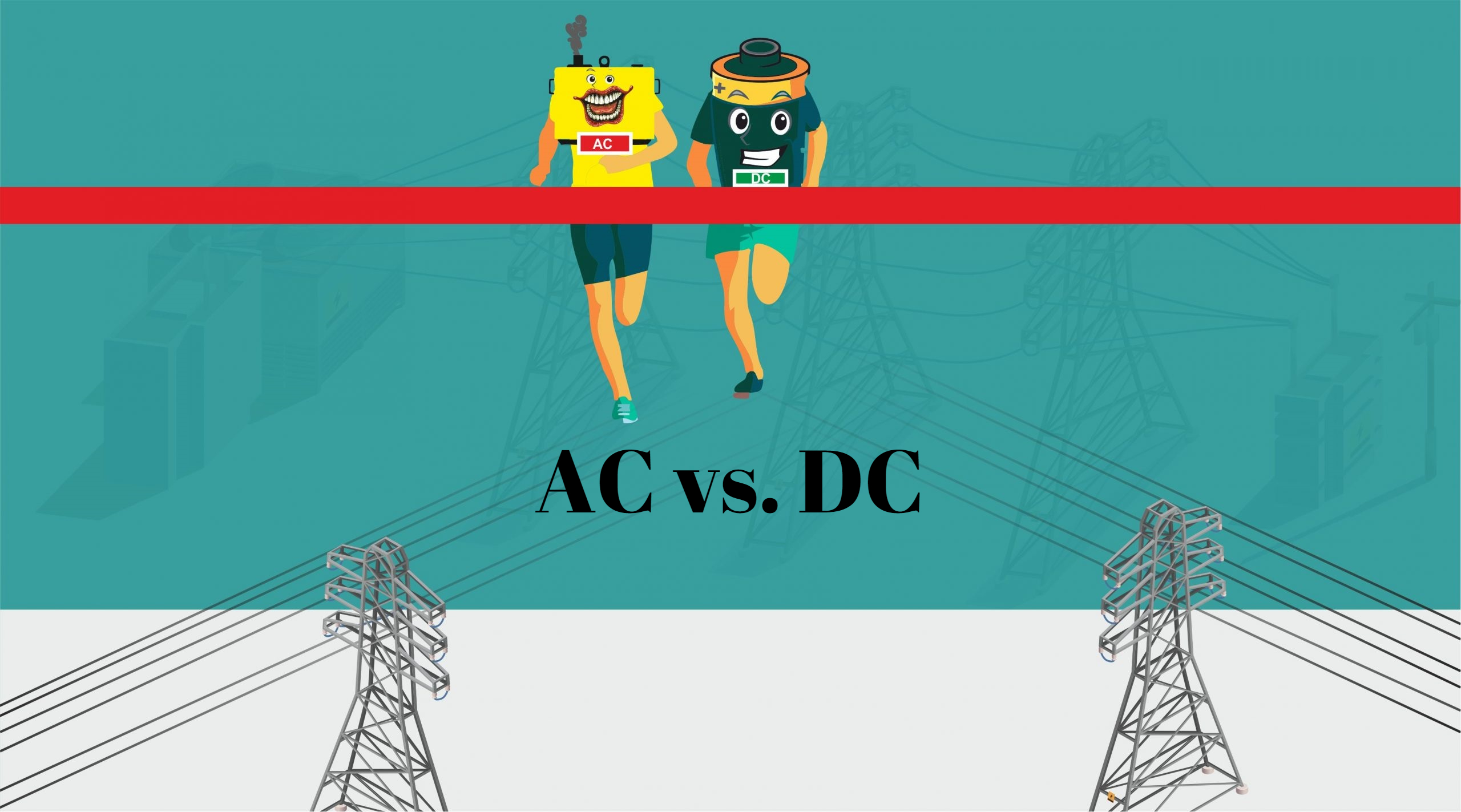
There are two kinds of currents in electricity – direct and alternating. Devices also require one or the other type of current to supply power. The possibility of their work depends on this. Sometimes their integrity after being connected to the wrong power supply. This article will describe the difference between alternating current and direct current, giving a short answer in the most simple words.
Definition
Electric current is the directional movement of charged particles. It is the definition from a physics textbook. In simple words, it can be translated so that its components always have some direction. This direction is the defining one in today’s conversation.
Alternating current (AC) differs from direct current (DC) in that the latter has electrons (charge carriers) always moving in the same direction. Accordingly, the difference between alternating current is that movement’s guidance and strength depend on time, for example, in an outlet, the direction, and magnitude of the voltage, respectively. And the current strength change according to a sinusoidal law with a frequency of 50 Hz (the polarity between the wires changes 50 times per second).
AC Power
AC power supplies are widely used power supplies in the world. The foundations of AC power were laid by the American scientist Nikola Tesla in the late 19th century. After much debate over safety and reliability, the AC power supply has become the primary power source for household and industrial applications.
The AC source provides sinusoidal current and voltage. Consequently, the power (or energy released per unit of time) is not constant over time. Both voltage and current corresponding to their sinusoidal waveform has a peak value (V p ) and a minimum value.
It is impractical to use any of the above values to represent ac voltage or current. The sinusoidal cycle average gives zero power; hence, RMS values (RMS) are used to describe alternating currents and voltages (V RMS and I RMS ). The nominal mains voltage, 110 V or 230 V, is the RMS voltage.
The relationship between RMS AC voltage and peak voltage is represented; similarly, the relationship between RMS AC and peak current is expressed. The power supplied from the AC source is defined in.
AC power has become the predominant energy source because AC power can be transmitted over long distances at very high voltages and low currents. The variable nature of AC characteristics minimizes energy loss due to resistance in conductors during long-distance transmission. In this way, the AC output of the power generator is amplified through transformers to a very high voltage with a shallow current, but the power remains constant. In grid substations, the AC voltage is reduced and distributed between industries and households.
DC Power
DC electricity was the most common form of energy used in the 19th century when Thomas Alva Edison paved the way for the industrialization of electricity use.
The power supplied from a DC source is called DC power. The voltage and current in a circuit or component do not change under stable conditions in a DC power system. Thus, the rate of energy delivered by the source remains unchanged. The expression determines the relationship between direct current and voltage.
Most standard electronic devices from computers, stereos, and televisions use DC electricity to operate. Therefore, the alternating current from the mains is rectified by diodes or other rectifiers and converted into direct current electricity.
AC Power vs. DC Power
- The power that comes from an AC source is called AC power, and power coming from DC sources is called DC power.
- The instantaneous values of current and voltage in AC power supplies change over time, while in DC power supplies, they remain constant. Therefore, AC power changes over time, but DC power does not.
- AC power can be amplified and transmitted over long distances, and the voltage variation over time allows the AC voltage to be amplified through transformers.
| AC Power | DC Power | |
| Energy transfer | DC voltage cannot travel very far and starts to lose energy | Safer to carry long distances around the city and provide more power |
| Electron flow | Flows in one direction | Keep switching energy back and forth |
| Causes a flow of electrons | Mounted magnets on a wire | Rotating magnets along the wire |
| Frequency | 0 frequency | 50 Hz to 60 Hz; depending on the country |
| Direction | Electricity flows in one direction | Energy is constantly changing direction |
| Current | This is a constant current | It is a quantity that changes over time. |
| Types | Pure and pulsating | Sinusoidal, Trapezoidal, Triangular, Square, |
| Found in | Batteries, solar panels | Alternator and power plant |
| Force factor | Always 1 | Lies between 0 and 1 |






